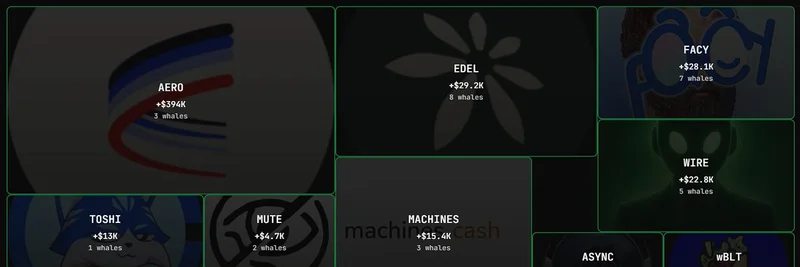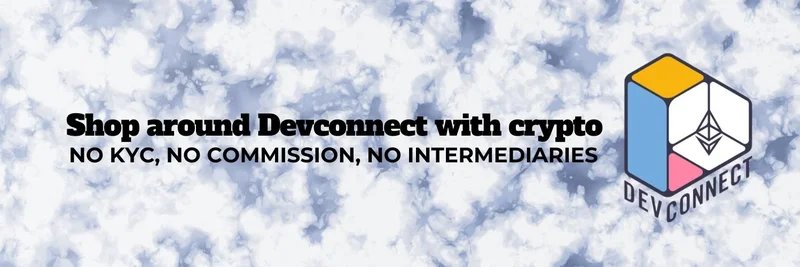BSCNews just dropped a hot take on X, highlighting how some folks are raking in serious cash with Canton Coin $CC on the Canton Network. If you're into meme tokens and looking for the next big thing with a twist of institutional credibility, this might catch your eye. Let's break down their full analysis in simple terms, so you can decide if it's worth your attention.
What is Canton Network?
Think of Canton Network as a specialized blockchain built for the big leagues – institutional finance. It's a Layer-1 chain that prioritizes privacy, making sure transactions stay confidential between parties while still benefiting from public blockchain perks like decentralization. This isn't your typical meme playground; it's designed for tokenizing real-world assets (RWAs) like bonds, treasuries, and collateral.
The key feature here is the Global Synchronizer, which coordinates these private deals across assets. Major players like Goldman Sachs, Microsoft, BNP Paribas, and HSBC are already on board, with over $6 trillion in assets tokenized and handling up to $280 billion in daily repo transactions. That's some serious volume! The project has raised $135 million from top investors like a16z Crypto and Goldman Sachs, plus a recent $540 million private placement announced on November 6, 2025.
Introducing Canton Coin $CC
$CC is the native token powering the Canton Network. Unlike many meme coins that thrive on hype alone, $CC is a utility token with real functions. It handles fees for using the Global Synchronizer and rewards participants who contribute to the network, like validators and app providers.
Launched in July 2024 with a fair model – no pre-mines, pre-sales, or VC allocations – tokens are earned based on actual contributions. This keeps things merit-based. You can trade $CC on exchanges like Bybit, Gate.io, KuCoin, Kraken, and MEXC.
The Magic of Cantonomics
Cantonomics is the clever name for $CC's tokenomics system, using a burn-mint equilibrium to keep supply in check. Here's how it works:
- Burning: Every transaction burns some $CC, removing it from circulation.
- Minting: New tokens are minted as rewards every 10 minutes, based on network activity.
This setup aims for balance, with annual issuance and burns around 2.5 billion coins to tie value to actual use. There's no hard cap on supply, similar to ETH or SOL, but it's designed for stability.
Reward distribution evolves over time:
- Through 2024: Mostly to super validators (big institutions like BitGo and Chainlink).
- 2025: Split between super validators (48%), validators (20%), and app providers (32%).
- From 2026: Heavy focus on app providers (62%), with halvings in 2026 and 2029 to reduce inflation below 0.1%.
By mid-2026, they expect burns to match mints, stabilizing the token.
How to Get Involved and Buy $CC
If you're intrigued, buying $CC is straightforward – head to one of the listed exchanges and swap for it. For deeper involvement, you could run a validator or build apps on the network, earning rewards in $CC.
The tweet from BSCNews points out that people are making money here, likely from trading the token's volatility or earning through participation. With integrations like Chainlink for data and cross-chain features, the network is expanding fast.
Why the Buzz? Potential for Meme-Like Gains
While Canton Network is all about institutional adoption and privacy, the $CC token has caught the eye of retail traders. With a current market cap around $3.7 billion (as per recent data), it's not a small-cap meme, but the fair launch and utility could drive meme-style pumps if adoption surges. Keep an eye on community growth – though it's more regulated than your average dog-themed coin, the "making money" angle in the tweet suggests there's speculative interest brewing.
Remember, crypto is volatile, and this is for educational purposes. Do your own research before diving in. If you're building your meme token knowledge base, Canton Coin offers a glimpse into how utility and memes might blend in the future of blockchain.



